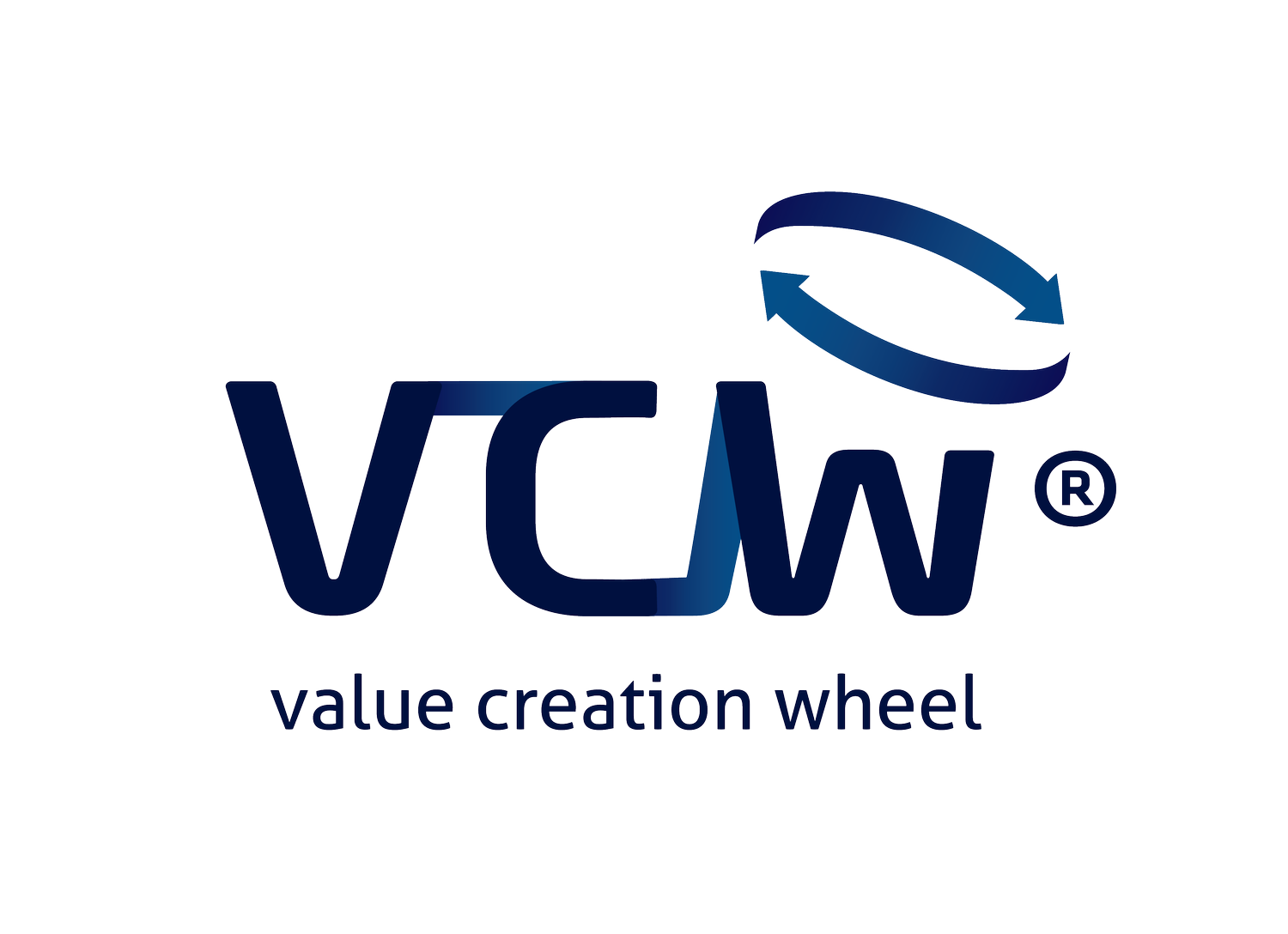VCW 4 ITQB: Revitalizing Seminars
Boosting engagement and knowledge exchange within the ITQB community.
How to increase the attendace to ITQB seminars by the ITQB community?
Applying the Value Creation Wheel to address low seminar attendance at ITQB, focusing on format changes and enhanced communication to foster participation.
Overview
The project addressed low attendance at ITQB seminars. The core issue was identified as a lack of interest in the seminar topics. The proposed solution involved restructuring seminars into two shorter, paired presentations (one broad, one technical) on a common theme, alongside improved marketing. The project shows how the Value Creation Wheel framework to find the best solutions.
Application: Applying VCW to solve Seminars attendance
Diagnosis (Phase 1): Identified the problem (low attendance) and its root cause (lack of interest) through community feedback and consultation with the Science Communication Office.
Idea & Filter Generation (Phase 2): Brainstormed 32 potential solutions and 19 filters, involving the ITQB community.
POKER Method & Filter Ranking (Phase 3): Used the POKER method with key decision-makers to refine solutions (down to 22) and filters (down to 8), then ranked the filters.
Value Creation Funnel (Phase 4): Applied the ranked filters to the solutions, narrowing them down to two main categories: format changes and marketing strategies. An additional filter (focusing on seminar format) was added based on key decision-maker input, further refining the solution.
Prototype & Refinement (Phase 4): Developed a prototype: paired, shorter presentations (one broad, one technical) with a common theme, tested monthly for a year.
Consolidation (Phase 5): Defined implementation details (manpower, time, budget) and key performance indicators (KPIs) to measure success, such as attendance, diversity, and knowledge exchange.
Key Takeaways
Community Input: Direct feedback from the ITQB community revealed the core issue (lack of interest in topics).
Format Change: Pairing shorter, thematically linked presentations can increase appeal and interdisciplinary interaction.
Key Decision-Maker Involvement: The Science Communication Office played a crucial role in shaping and validating the solution.
Measurable Outcomes: Defined KPIs will track the effectiveness of the implemented changes.
Iterative Process: The VCW's flexibility allowed for adding a filter mid-process, demonstrating its dynamic nature.
Conclusion
By restructuring seminars and improving communication, ITQB can improve community engagement and create more chances for learning and teamwork. The next steps are to continue to improve communication skills by training the speakers.


